I believe everyone has been to amusement parks at least once, and I bet everyone has seen or taken a roller coaster before. Have you ever wondered why the carriages won't fly off the track even though they are going through such a curvy and crazy shape?
For sports car and F1 lovers---Have you ever wondered why some cars drift out of the track while some balance well and turn smoothly?
The answer to the above questions is—centripetal force. As always, let’s break down the term from its spelling. You see a “center” hiding in the word “centripetal.” Thus, the centripetal force would naturally mean a force pointing to the center.
We experience and see centripetal force very often in daily life. We all know, perhaps from elementary school science, that we rotate with the earth. Earth is approximately a sphere, so we move in a circular path during the earth’s autorotation.
You are not thrown away by mother earth when you travel on a circular path because you are being applied a gravity force that constantly pulls you down onto the ground, so you don’t fly. Gravity, in this case, serves as the centripetal force that makes the object(you) in curvilinear motion change direction and follows a circular path.
From the example above, I demonstrated that centripetal force changes the direction of the travelling of an object. In this case, the centripetal force applies a centripetal acceleration and thus affects the direction component of the velocity. PS. The acceleration in curvilinear motion that changes the magnitude component of velocity is called tangential acceleration.
Centripetal force is seen in every motion with a curved path. Sometimes it is a constant, and sometimes it changes depending on the situation.
An object is moving on a curvilinear path in the example shown below. When we look at one instantaneous point on the path, we can approximate this instant to part of a centripetal motion. (Here is the concept of calculus, which sees the path as a sum of multiple centripetal movements that add up to the curvilinear path.) Based on our previous derivation, we know at this instant that the point possesses both tangential and centripetal acceleration. If there is only tangential acceleration, the object will move on a straight line; the other way round, the object would move on a circular path with constant speed. In this case, however, both tangential and centripetal accelerations are in effect, giving the object a strange path. There is also centripetal force and the force that provides tangential acceleration. The resulting acceleration (vector sum) would be, as shown, determined by the parallelogram rule of vector addition (The resultant force would be associated with the resulting acceleration, pointing in the same direction.)
I mainly want to demonstrate a few points through this seemingly tedious explanation.
Centripetal force changes the direction of movement.
Every object moving in a curved path is affected by centripetal force.
Centripetal force provides centripetal acceleration.
If the object changes its speed, there is also a tangential acceleration because centripetal acceleration merely affects the direction and does not affect the magnitude of velocity.
If you understand this, that’s great. If you don’t, that’s fine; just keep in mind that centripetal force keeps objects in curved motion to avoid letting them slide or be thrown away.
If you ever do this with your friend (spinning hand in hand), you might feel your arms hurt. That’s because your arm provides a centripetal force that keeps you together, and that’s where the feeling of pulling comes from. You can see the simplified diagram below---the tension force provided by your hand acts as the centripetal force.
There are also some interesting factors that affect the centripetal force. I will provide the formula of the centripetal force here in case the people who know it want a reference: Fc=mv^2/R
Fc: Centripetal force
m: mass
v: velocity
R: length of the radius
The mass of the object
Imagine you are swinging a rope tied to a little tennis ball, and you are swinging a rope tied to a metal ball. Which one feels heavier? Of course, the metal ball because it has greater mass. As shown in the equation, as m increases, Fc increases.
The velocity of the object
Imagine you are swinging a baseball bat slowly, compared to swinging it hard to get a home run. Which one gives you the feeling of greater power? Which bat, though identical, feels heavier? I would say the latter because the increase in the velocity results in a greater centripetal force so that your arms are stretched harder.
Radius of movement
When the objects’ velocity and mass are the same, when performing the curvilinear motion, the one with a smaller radius experiences a greater centripetal force. Since its radius of movement is smaller, it needs to change its velocity more frequently. In this case, it requires more centripetal force because it essentially helps to change the direction of the object's motion.
This is a brief introduction to centripetal force, a force we encounter daily and allows us to perform numerous sports. It's a force that takes us to the excitement of roller coasters, a force that gives the colour of four seasons, and a force that makes us appreciate the beauty of motion.



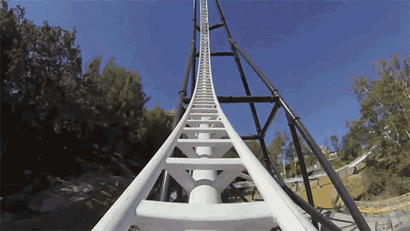
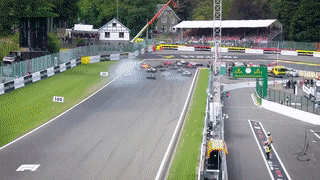
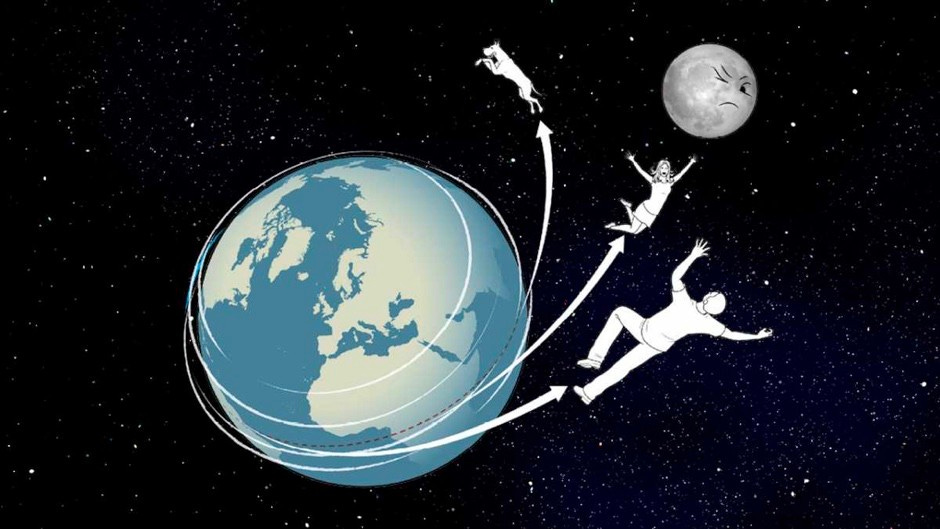




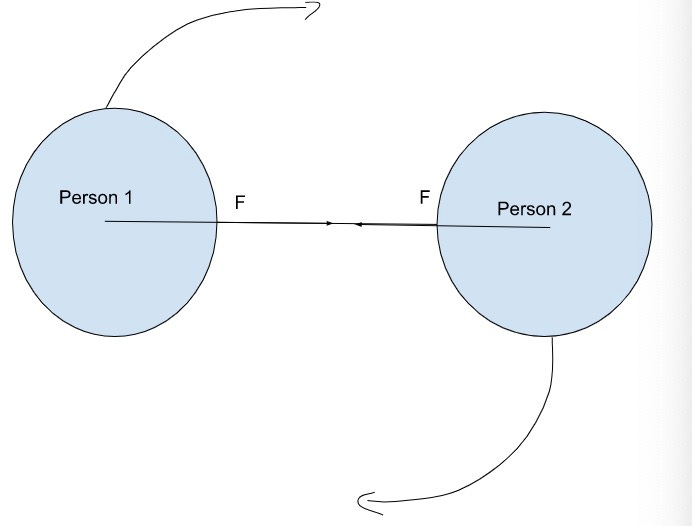
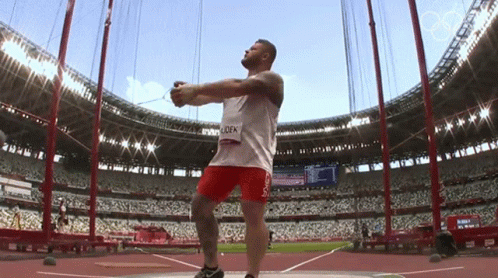
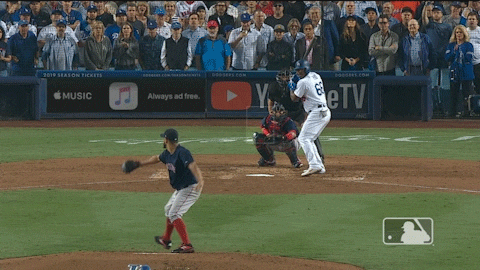
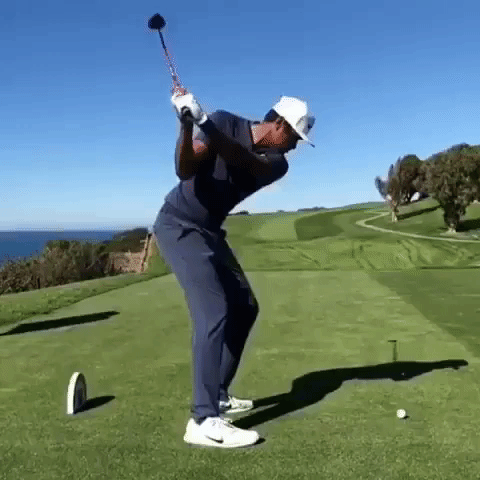
Good job!